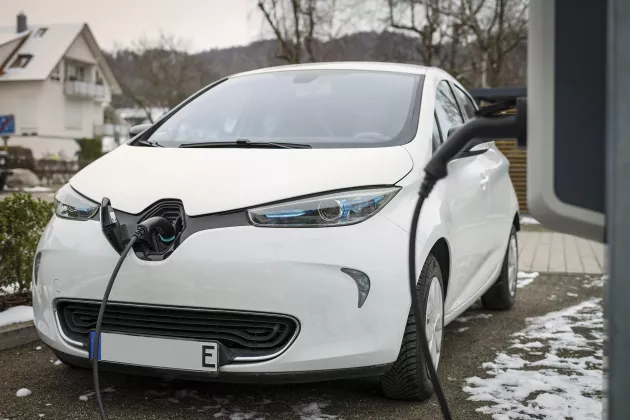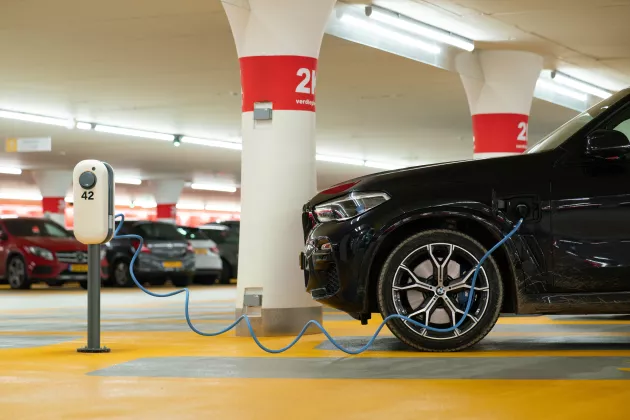Electric vehicles could help reduce greenhouse gas emissions and deliver a sustainable transport system. But the full life cycle of electric vehicles needs to be considered in order to avoid creating resource issues while trying to achieve the necessary climate goals. The future of mobility — and road transport in particular — is a topic of increasing focus for governments across the globe as they seek to reduce greenhouse gas emissions in compliance with the Paris Agreement and limit other pollutants that cause negative health effects. The transition to more sustainable transportation, which is required to achieve such reductions, is fuelling a rise in electric vehicle sales that is likely to accelerate in the coming years. But while electrification of transport is certainly needed, manufacturing electric vehicles is inherently resource intensive and it remains unclear whether the necessary resources will be available, at least in the short term, to meet this increasing demand.
Read the article here.





